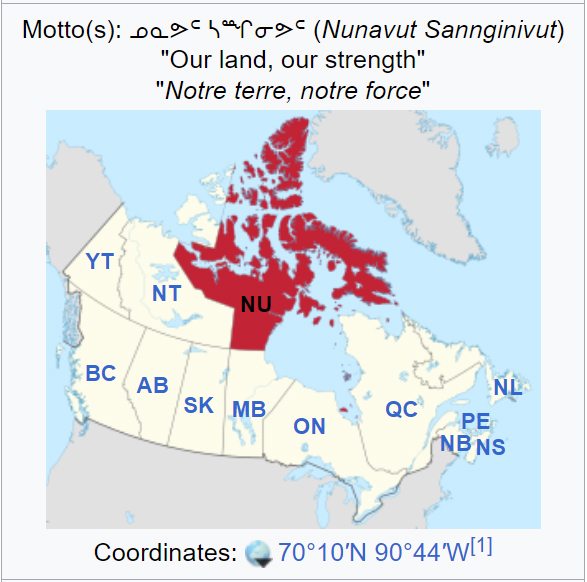
Introduction to Nunavut Day
Nunavut Day is an important annual observance celebrated on July 9, recognizing and celebrating the establishment of Nunavut, which became Canada’s newest territory in 1999. This day serves as a significant opportunity for residents to honor their Inuit heritage, promote local culture, and unite communities across the vast and remote region. With its striking landscapes, unique traditions, and distinct languages, Nunavut Day fosters a sense of pride among its inhabitants and raises awareness about the region nationwide.
Historical Context
The establishment of Nunavut was the result of long negotiations between the federal government and the Inuit population, culminating in the 1993 Nunavut Land Claims Agreement. The territory officially separated from the Northwest Territories on April 1, 1999, becoming the largest and northernmost territory in Canada. Nunavut Day commemorates this momentous milestone and reflects on the journey of the Inuit people and their quest for self-determination, cultural preservation, and land rights.
Celebrations Across Nunavut
Communities across Nunavut engage in vibrant celebrations each year, showcasing their rich traditions through various forms of artistic expression. From Inuit games and traditional dances to music festivals and potlucks, local festivities highlight the nuances of Northern culture and the strength of community bonds. Schools, organizations, and government bodies also participate by promoting cultural education, encouraging youth involvement, and fostering connections between generations.
Nurturing Social Cohesion and Awareness
Nunavut Day serves as a reminder of the importance of social cohesion within Inuit communities. It fosters an environment where younger generations can learn about their heritage, instilling a sense of belonging and pride. Additionally, communities invite non-Inuit residents and visitors to join in the festivities, promoting understanding and appreciation for the unique challenges faced by the north, including climate change and economic development pressures.
Conclusion: Looking Ahead
As Nunavut Day continues to be celebrated, it reflects optimism for the future and the resilience of the Inuit people. The shared commitment to protecting Inuit culture and the environment is paramount as the territory faces both opportunities and challenges in the 21st century. This day not only honors the past but also inspires a collaborative path forward, emphasizing the need for recognition, respect, and partnerships that celebrate the diversity and heritage of all Canadians.



